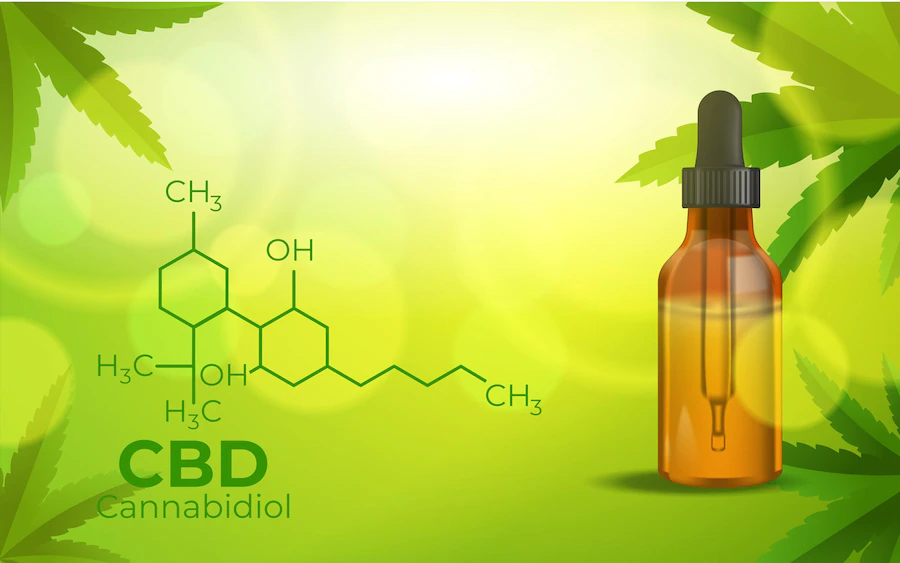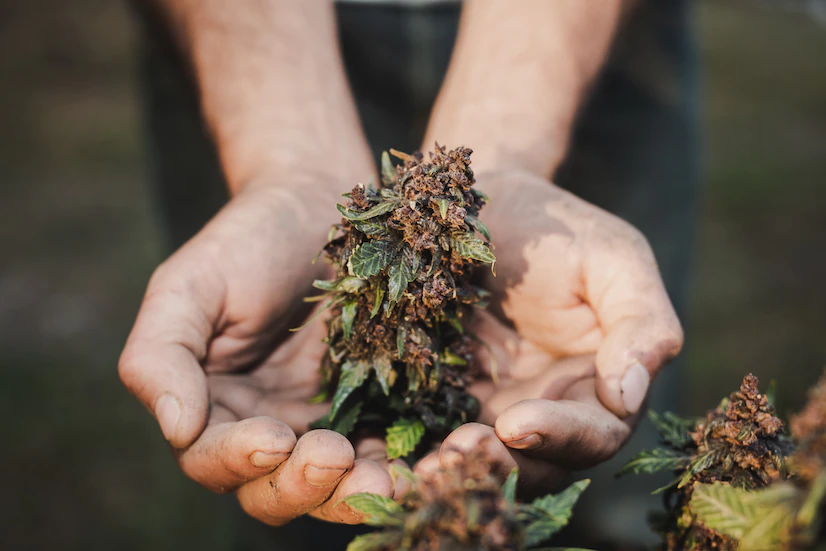Delta 9 THC is the main active ingredient in cannabis. It is a potent psychoactive compound that produces the most effects associated with marijuana use.
When inhaled, it quickly enters the bloodstream and binds to cannabinoid receptors in the brain. It is also responsible for most of marijuana’s medicinal properties. It is effective for some people with medical conditions.
6 Things To Know About Delta 9 THC Before Trying It
1. It Is The Psychoactive Compound Found In Cannabis

Delta 9 THC is the primary psychoactive compound found in cannabis. It is responsible for most of the plant’s effects on the brain and body. THC binds to cannabinoid receptors in the brain. THC also has several therapeutic benefits. The exact mechanism of action is not fully understood, but it is thought to involve interactions with the endocannabinoid system. It is typically consumed by smoking or vaporizing cannabis flowers.
It can also be consumed in edible products, such as brownies or cookies. The effects of THC vary depending on the dose and method of consumption. Generally, smoked or vaporized cannabis takes effect within minutes, while edibles can take up to 2 hours to take effect. The effects of THC typically last for 1-2 hours, although they can last longer with higher doses or longer-acting methods of consumption.
2. It’s Responsible For The “High” That People Feel When They Smoke Or Ingest Marijuana
The high that people experience when they smoke or ingest marijuana is caused by Delta 9 THC. This type of THC is created when the marijuana plant is dried and cured. When it enters the body, it binds to cannabinoid receptors in the brain. This binding alters how the brain processes information, resulting in high people feeling.
The high caused by Delta 9 THC can vary depending on several factors, including the amount of THC consumed and the person’s physiology. However, generally speaking, people who smoke or ingest marijuana high will feel better.
3. There Are Many Different Strains Of Cannabis, Each With Its Unique Combination Of Cannabinoids

Cannabis is a plant that contains many different cannabinoids, including THC and CBD. THC is the cannabinoid that produces the psychoactive effects, or the high, associated with cannabis use. CBD, on the other hand, is a non-psychoactive cannabinoid that has been shown to have a variety of medical benefits. There are many different strains of cannabis, each with its unique combination of cannabinoids.
Some strains are high in THC and low in CBD, while others are high in CBD and low in THC. The ratio of THC to CBD can vary widely depending on the strain, and this ratio is one of the main factors determining the strain’s effects.
For example, a high-THC strain is likely to produce a more powerful psychoactive effect than a low-THC strain. On the other hand, a high-CBD strain is likely to provide more medicinal benefits without producing a high.
4. Different Methods Of Consumption Will Produce Different Effects
When delta 9 THC enters the body, it produces a high by binding to cannabinoid receptors in the brain. Different methods of consumption will result in different levels of high. For example, consuming it orally will produce a less intense high than smoking or vaporizing it.
This is because when it is consumed orally, it must first be metabolized by the liver before it can bind to cannabinoid receptors. This process reduces the amount that reaches the brain and produces a more gradual high. In contrast, smoking or vaporizing delta-9 THC allows it to reach the brain more quickly, resulting in a more intense high. Therefore, different methods of consumption can produce different effects.
5. Everyone Reacts Differently To THC, So It’s Essential To Start Slowly And Increase Your Dosage Gradually

When it comes to consuming THC, everyone reacts differently. Some people feel high after just a few puffs, while others need to consume much more to achieve the same effect. As a result, starting slowly and increasing your dosage gradually is essential. If you’re new to THC, it’s a good idea to begin with a low dose and see how you respond.
You can take a bit more if you don’t feel any effects after an hour. It’s also important to be mindful of the other elements in your cannabis product. For example, if you’re smoking high-potency flowers, you might need less than eating an edible with lower THC levels. Paying attention to these details will help ensure that you have a positive and safe experience with THC.
6. Always Consult A Doctor Before Using It If You’re Taking Medication
Delta 9 THC is the main active ingredient in cannabis. It’s what gets you high. And it can interact with other medications you’re taking. That’s why it’s essential to consult a doctor before using it, especially if you’re taking medication.
Some medications, such as antidepressants, can cause dangerous side effects when taken with Delta 9 THC. Others, such as blood thinners, can make the effects of Delta 9 THC more intense. So it’s important to know what medications you’re taking and how they might interact with it before using cannabis. Your doctor can help you figure out if it’s safe for you to use Delta 9 THC and how much to take.
How To Buy Delta 9 THC?
Are you looking to purchase some Delta 9 THC? If so, you should know a few things before making your purchase.
First, Delta 9 THC is a Schedule I controlled substance, meaning it is illegal to sell or possess in most states. However, there are a few states where it is legal to purchase and consume Delta 9 THC.
Secondly, when buying THC edibles or Delta 9 THC, only purchase from a reputable source. Many sites sell counterfeit or low-quality products, and you don’t want to waste your money on something that won’t get you the results you’re looking for.
Finally, ensure you understand how to use Delta 9 THC before consuming it. It is essential to start with a low dose and increase gradually as you become more comfortable with the effects. Be sure to listen to your body and stop if you experience any adverse effects. With these tips in mind, you can be sure that your next Delta 9 THC purchase will be a success.
Read Also:






















